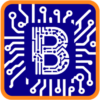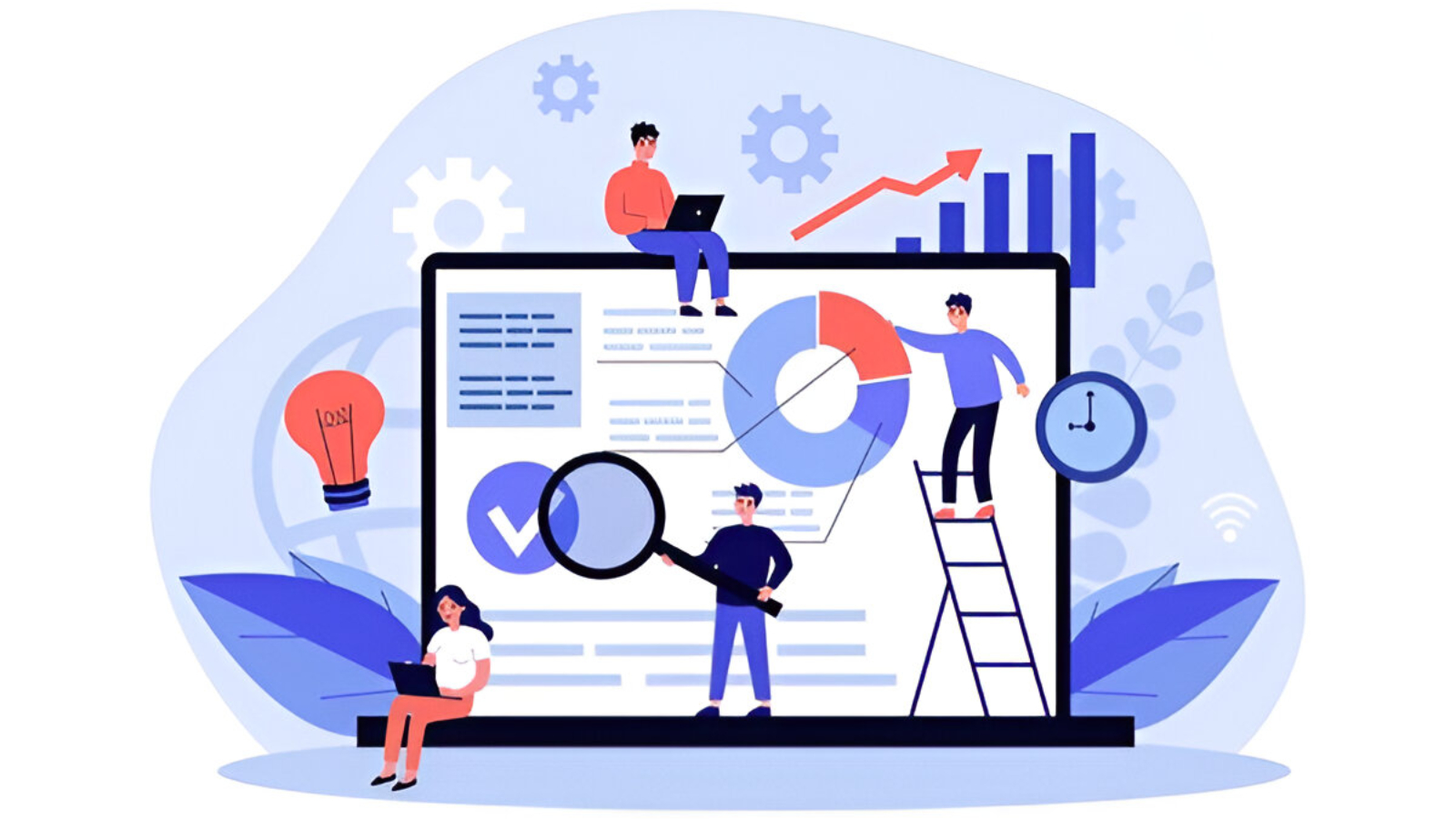We know that behind every great product is a foundation built on solid ideas and a deep understanding of the market. Ideation and market research aren’t just steps in the process; they are essential pillars that shape how products connect with real users. For businesses looking to create impactful software solutions or digital media, combining these two elements can turn abstract ideas into solutions that resonate with their target audience. In this post, we’ll walk you through how Byteware Studios approaches ideation and market research to create products that aren’t only innovative but also meet the real needs of users.
Step 1: The Power of Ideation
Ideation is where creativity meets problem-solving. At Byteware Studios, we treat it as a playground for innovation and exploration. Here’s how we approach ideation to ensure each idea we develop is both fresh and functional.
1.1 Brainstorming for Solutions, Not Just Features
When brainstorming, our goal is not just to generate interesting features but to solve real problems that our target audience faces. We dig into pain points, asking questions like:
- What challenges are users facing in their day-to-day lives?
- How can technology make their work or personal experiences easier?
- What is missing in the current landscape that we can bring to life?
1.2 Encouraging a Free Flow of Ideas
To foster innovative thinking, we encourage open-minded brainstorming sessions where all team members, regardless of their roles, can contribute. Our ideation sessions are designed to be free from constraints, allowing ideas to flow naturally. From quirky to practical, every idea is noted and assessed for potential.
1.3 Evaluating Feasibility
Once we have a range of ideas, we evaluate each one based on feasibility and alignment with our goals. This includes looking at technical viability, potential user demand, and alignment with Byteware Studios’ strengths. Ideas that pass this initial filter become the basis of our next steps.
Step 2: Diving into Market Research
Market research is the tool that grounds our ideas in reality. It helps us ensure that the products we create are relevant, timely, and likely to succeed with our target audience.
2.1 Understanding Our Target Audience
For Byteware Studios, our audience includes small and medium-sized business owners, tech enthusiasts, creative professionals, and occasionally consumers, depending on the project. We focus on understanding their needs, preferences, and pain points through surveys, interviews, and analysis of market trends.
Here’s a snapshot of questions we ask:
- What are their primary challenges in tech adoption?
- What types of software solutions do they frequently use?
- Are there specific features or improvements they desire in current tools?
2.2 Analyzing Competitors
We take a close look at the competition, not to copy but to understand the existing landscape. This analysis includes:
- Identifying popular products in our niche and their unique features.
- Studying what competitors are doing right and where they fall short.
- Exploring how we can differentiate our solutions to provide something uniquely valuable.
2.3 Exploring Trends and Innovations
We also keep an eye on tech trends that are gaining traction. From AI-driven solutions to advancements in UX design, understanding what’s current allows us to integrate relevant technologies in ways that enhance our products. This proactive approach keeps us at the forefront of our industry, offering cutting-edge solutions that meet evolving user expectations.
Step 3: Validating Ideas with Real Data
Validating ideas through user feedback and data collection is essential to refining them further. Byteware Studios values user input early in the process so that our final product is shaped by real insights.
3.1 Building and Testing Prototypes
Creating prototypes allows us to test the usability and functionality of our ideas. We design wireframes or MVPs (Minimum Viable Products) and conduct user testing to gather feedback. This stage is crucial because it gives us direct insights into:
- How users interact with the product.
- What features are most intuitive or need improvement.
- Any unforeseen challenges that users might face.
3.2 Collecting Feedback and Making Iterative Improvements
We listen closely to user feedback and are committed to an iterative design process. By incorporating feedback and refining the product in stages, we ensure that our final solution aligns with user expectations, ultimately leading to higher satisfaction and engagement.
Step 4: Aligning Product Vision with Market Demand
While creativity and innovation are at the heart of what we do, market research ensures that these ideas are grounded in reality. Byteware Studios merges creativity with data-driven insights to create products that not only stand out in the market but also address genuine user needs.
- Innovative but Practical: Every feature we design is vetted to ensure it’s useful, not just a novelty.
- User-Focused: Our primary goal is always to enhance user experience by providing real solutions that fit into the user’s world seamlessly.
- Future-Proofed: We stay updated on industry trends, helping our clients stay ahead of the curve by integrating emerging technologies.
Conclusion: The Byteware Studios Advantage
Ideation and market research are deeply embedded in Byteware Studios’ product development approach. By taking the time to brainstorm, research, test, and iterate, we build products that genuinely serve and delight our users. Our commitment to understanding our clients and their audience, along with our expertise in the tech and creative industries, allows us to create products that don’t just meet market standards but set them.
Whether you’re a small business looking to streamline operations or a tech enthusiast seeking innovative software, Byteware Studios has the insight and experience to turn ideas into impactful, market-ready products. Reach out to us to learn how we can help you bring your vision to life

